Call us for details
8888789880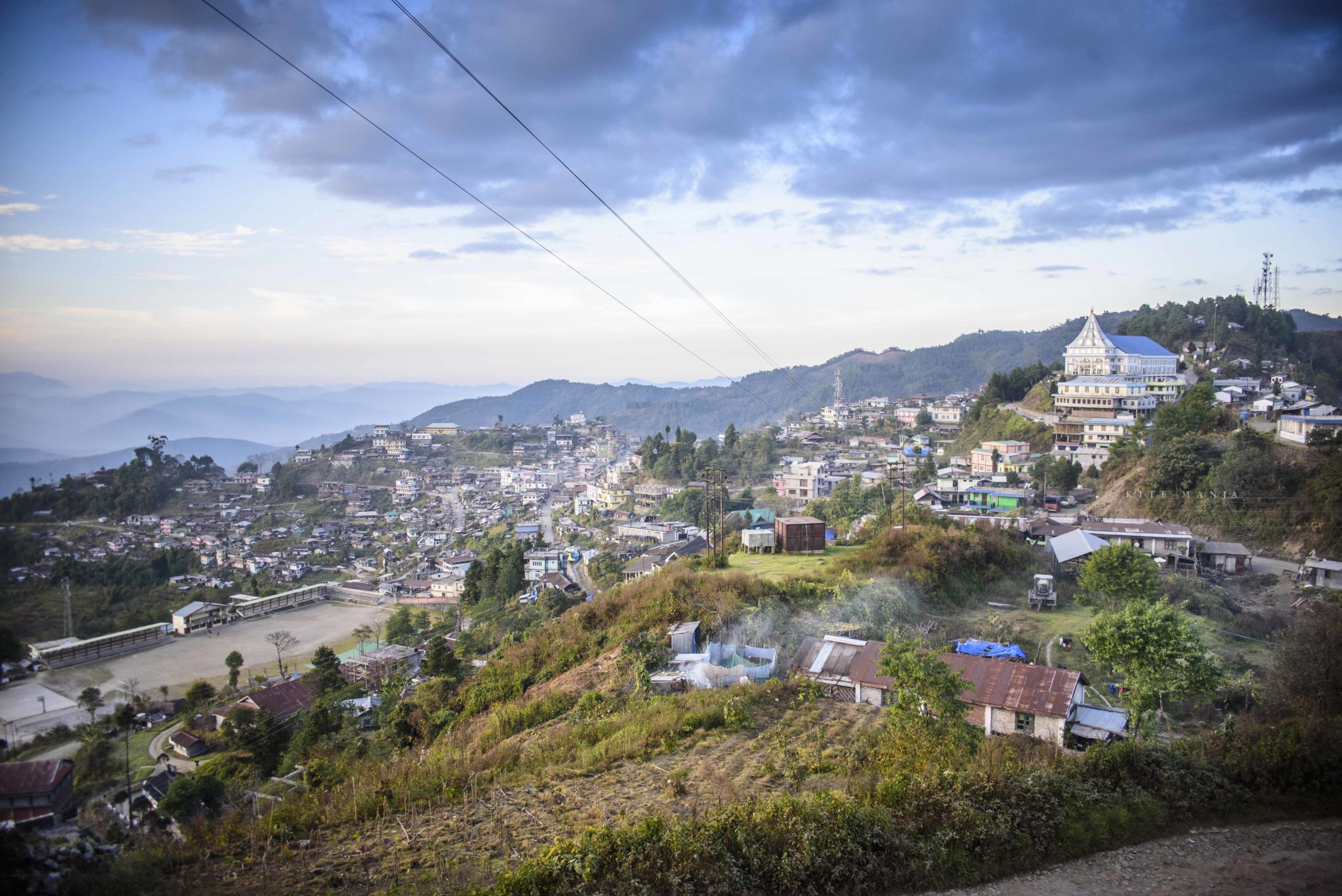
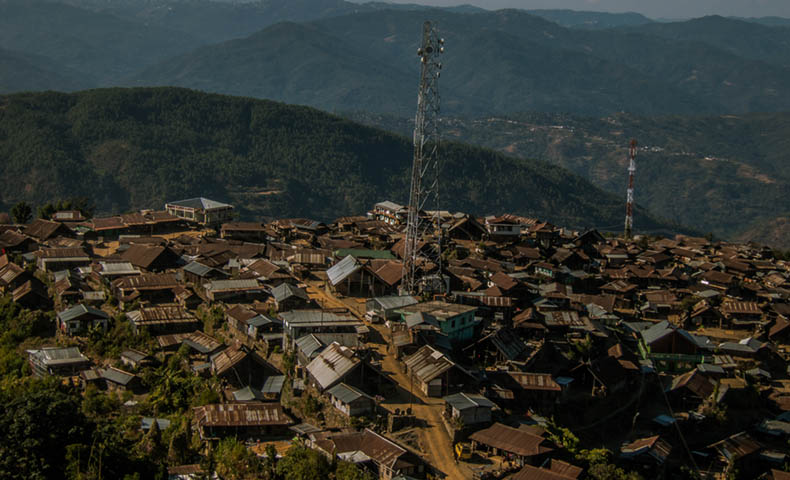
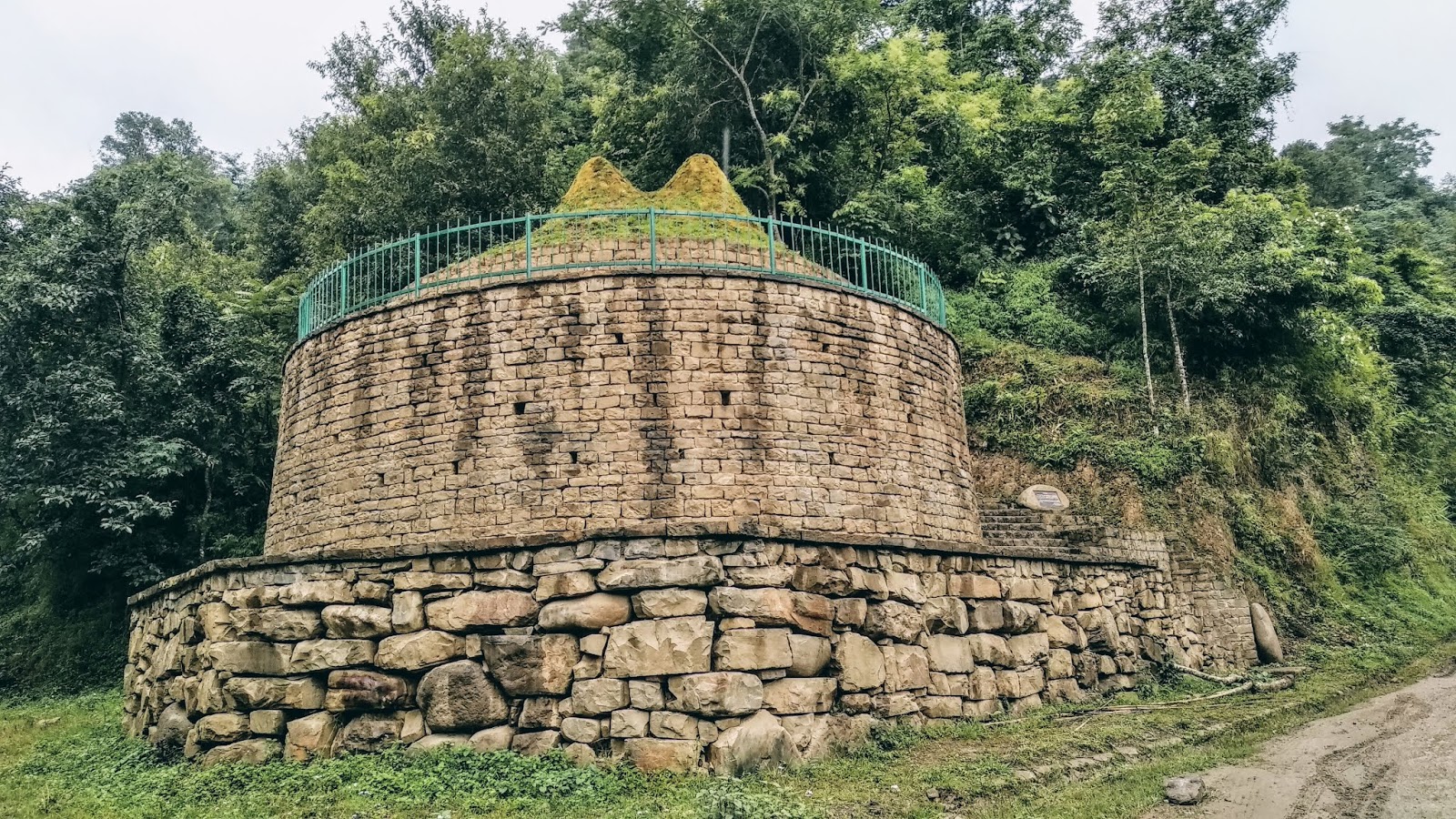

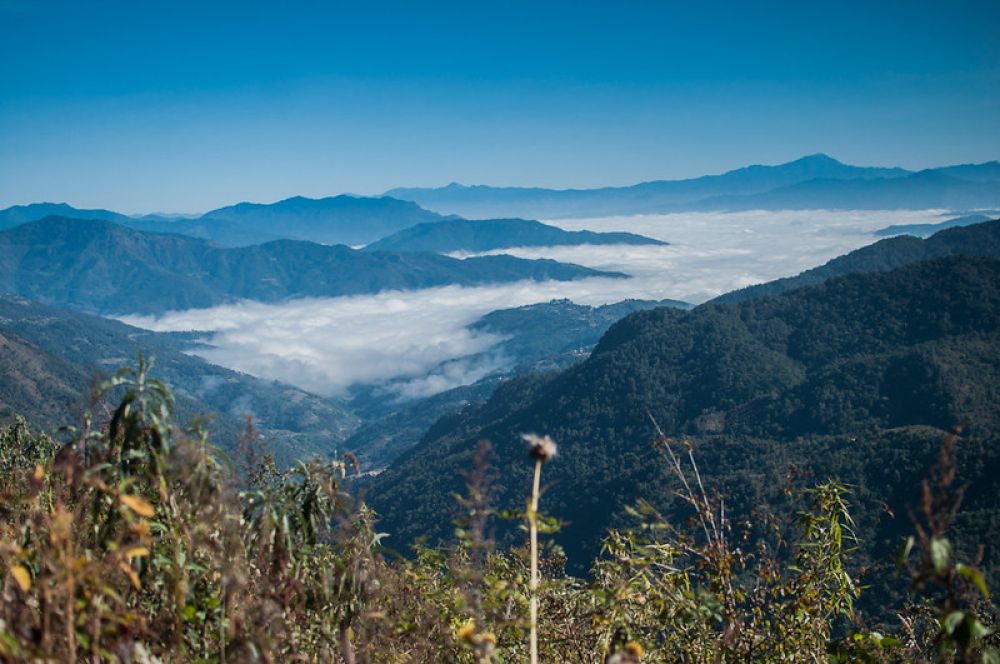
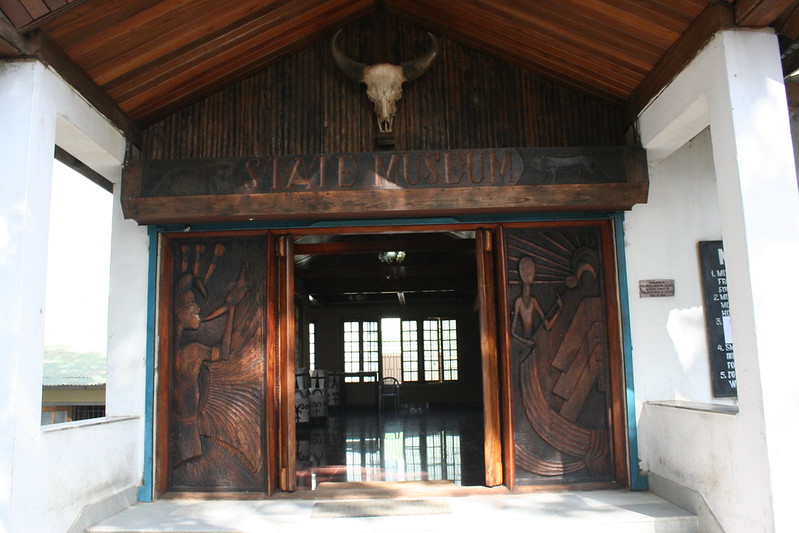
The Nagaland tribe warmly celebrates their pageant which is full of vigour and color. More than 60% of the population of Nagaland depends upon agriculture, so the maximum of their festivals revolve around agricultural development.
But they don't forget their gala's to be spared which are sacred, so taking part in those festivals is essential. One can inspire interplay among the tribes and promote the cultural historical past of Nagaland and the Nagaland authorities arrange a hornbill pageant every year in the first week of December
The Hornbill festival is organized supported by the ministry of tourism, arts, and lifestyle and shows diverse cultures below the roof. This festival, show, and competition is generally held in Kohima from December 1st to 10th once in 12 months.
The Hornbill festival is held inside the Naga heritage village in Kisama, about 12 kilometers away from Kohima. All tribes of Nagaland participate in this pageant. The motive of the pageant is to revive and preserve the wealthy arts and culture of Nagaland people and display its rare traditions.
For travelers, this suggests having deeper information about the Naga human beings and way of life in Nagaland with the possibility to revel in the cuisine, songs, dances, and customs of Naga people
Hornbill Festival Date Every Year Dates:
Hornbill is the name of a bird, which is considered a symbol of 'honor' and 'folklore' among the Nagas. The fair of the Hornbill begins on 1 December and it runs throughout the week. from 1 to 10 December every year.
Foreign tourists must obtain an Inner Line Permit from the local government to participate in the Hornibal Festival.
🏞️ Highlights:
World War II cemetery
Phesama village
Kigwema village
Khonoma village
Khezhakeno village
Hornbill Festival
Meet your car at Dimapur airport, surface transfer to Kohima. Enroute stop at some small local bazaar, tea stop, etc.
Overnight. Hotel/Homestay.

Today we start with the World War II memorial which was the last point where the Japanese force were stopped! We shall visit some other places of importance during the war! Next we shall visit state museum, local market,Cathedral etc.Overnight. Hotel/homestay.
World War II memorial :
Kohima War Cemetery is a memorial dedicated to soldiers of the 2nd British Division of the Allied Forces who died in the Second World War at Kohima, the capital of the Indian state of Nagaland in April 1944. The soldiers died on the battleground of Garrison Hill in the tennis court area of the Deputy Commissioner's residence. According to the Commonwealth War Graves Commission, which maintains this cemetery among many others in the world, there are 1,420 Commonwealth burials of the Second World War at this cemetery, and a memorial to an additional 917 Hindu and Sikh soldiers who were cremated in accordance with their faith. The memorial was inaugurated by Field Marshal Sir William Slim, then Commander of the 14th Army in Burma.
state museum in Kohima:
Given the rich heritage and culture of Nagaland, tourists should definitely visit the Kohima State Museum to get a deeper insight into the history and culture of the tribes residing in the state. Established in 1970, the museum houses rare artefacts belonging to all 16 tribes of Nagaland. From tribal attires and weapons to jewellery and sculptures, the exhibits of the museum leave visitors fascinated. Art-lovers must stop at the art gallery, which displays amazing paintings made by local artists. Lying in Bayavu Hill, around one and a half kilometres from Kohima's centre, the museum also showcases musical instruments used by the Naga tribes. One of the best attractions of the museum is the models of traditional Naga huts known as Naga Morung. The museum also houses a rare collection of precious stones like cornelian and tourmaline along with brass artefacts and silver bells.

Today we shall drive toward the legendary village Khezhakeno. We shall start with a legendary walk in Khezhakeno village where we shall come across stones which possess magical power, monoliths, and traditional houses. Picnic lunch at Chida Lake. Evening we shall meet and have informal meeting/talk with old and leaders of the village. Overnight. Homestay
Khezhakeno:
Khezhakeno is a village in the Phek District of Nagaland, India. It is a historical village of the Nagas.Tso-Tawo(Spirit Stone): A magnificent spirited flat stone upon which if a basket of paddy is parched in the sun; it generates double-fold in the evening. This is also the significant first settlement site of ‘KOZA’, the foremost Naga ancestral forefather and from where various Naga tribes migrated later on. Although the charm of the stone is said to have gone as it was burned and destroyed, the remnants of this legendary Khezhakeno stone is still preserved in its original location even today.

After breakfast drive towards Phusachodu. Enroute we shall visit Kade Park at Kami Village and further proceed to Pfutsero Town, this little township at an altitude of 2233.60m is known for its vegetable and fruit products. Sight Scene at Glory Peak, lunch at PfutseroTown. Post lunch proceed to Phüsachodü which is the biggest village under Phek District. This village is believed to be the pathway for the warriors and therefore only the brave had settled over this ridge, for sporting of Headhunting. Overnight at Homestay.
Pfutsero Town:
Pfutsero is a small town known for being the coldest inhabited town of Nagaland, dropping below -0°C. At 2,133m amsl, it boasts of highest altitude among towns in Nagaland, Glory Peak being the highest point. The lakes in Pfutsero freeze during winters, adding to the Christmas spirit, a revered festival for the predominantly-Christian locals. Cherry blossoms occasion this picturesque, historical town for two weeks in March-April when the Chakesang families celebrate Tsukhenye festival. Block headquarters of Phek district, it is inhabited by Chakesang and Kheza Nagas. The Baptist Theological College here is amongst the oldest and renowned theological colleges in Nagaland.
Glory Peak:
70km from Kohima and just 3km from Pfutsero town, the Glory Peak stands 2600m above sea level overlooking the astounding valley. From here one can clearly view the highest mountain in the world - Mt. Everest Everest in the West and the highest mountain in Nagaland ? Mt. Saramati in the East. This peak is now slowly turning into a weekend picnic spot for the locals.

After breakfast we start for Khonoma village, enroute we shall hold at Jotsoma village for more history which reflects the Kohima war! On arrival you shall check into your homestay for a brief introduction. We shall explore the village; the main highlight of the touris on history, nature and culture! Post lunch we shall have a walk in the terrace field. Overnight homestay.
Khonoma village:
A town belonging to the 'Angami Naga' ethnic group of Nagaland, Khonoma Village is a one-of-its-kind project in the country. Located about 20 km from the state capital of Kohima, Khonoma village is a Green Village, where all forms of hunting have been abolished for a more sustainable ecosystem. It is testament to the will power of the tribal groups of Nagaland to protect and conserve their natural habitat. The resident Naga tribes here are traditionally dependent on nature for their food and have strong hunting practices. However, they have given up on their centuries old heritage for a more sustainable way of life with nature.

Breakfast at your respective homestay. We start our day with a ‘nature walk’ where we come across herbal plants, alder based cultivation, hear birds chirpings, etc. Later we shall drive to dzuleke village enroute see the majestic state animal ‘mithun’ , untouched forest, etc. Lunch at dzuleke village. Post lunch venture around the village, later drive back to Khonoma village. Overnight homestay.
Dzuleke village:
A quaint hill town village boasting ethereal natural beauty, Dzuleke is a beautiful spot to admire natural beauty. This off-beat travel destination lies about 40 km from the city centre and is most famous as the home of the bison. Sheltering some of the unique flora and fauna, the village also invites tourists for its rare species of rainbow trout. A native to the village, it can be found in the stream that flows through the terrain. To sample some local delicacies, make friends with the locals and you might be served a scrumptious meal of fresh crabs and aromatic Binni rice. The hospitable nature of the locals will make your visit to Dzuleke an experience that will stay with you forever. Tourists can also challenge each other to try Bhoot Jalokia, one of the hottest chillies in the world that are found here in abundance.

Today after breakfast we shall drive to Dimapur to connect your flight for onward journey.
| Hotel Type | Hotel Name |
|---|---|
| DELUXE | Homestay |
| PREMIUM | Homestay |
| STANDARD | Homestay |
| SUPER DELUXE | Homestay |
| Hotel Type | Hotel Name |
|---|---|
| DELUXE | Homestay |
| PREMIUM | Homestay |
| STANDARD | Homestay |
| SUPER DELUXE | Homestay |
| Hotel Type | Hotel Name |
|---|---|
| DELUXE | De Oriental Grand /Similars |
| PREMIUM | The Heritage /Similars |
| STANDARD | The East Gate Hotel /Similars |
| SUPER DELUXE | Olive homestay /Similars |
| Hotel Type | Hotel Name |
|---|---|
| DELUXE | Homestay |
| PREMIUM | Homestay |
| STANDARD | Homestay |
| SUPER DELUXE | Homestay |
| Source | Destination | VehicleName | Price | VehicleType | Remarks | Units |
|---|---|---|---|---|---|---|
| Dimapur | Nagaland | SUV | 0 | SUV | - | 1 |
Do not hesitage to give us a call. We are an expert team and we are happy to talk to you.